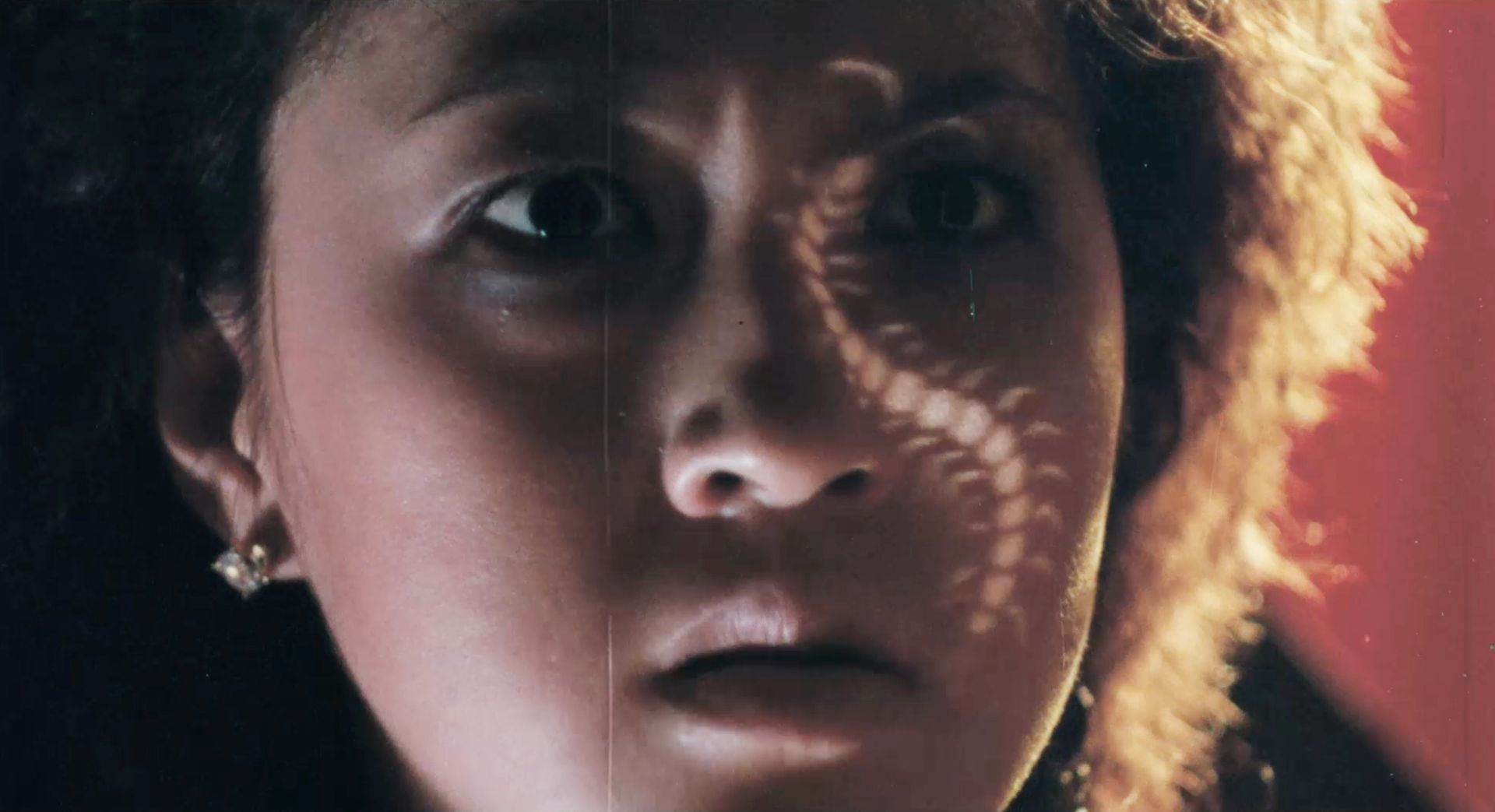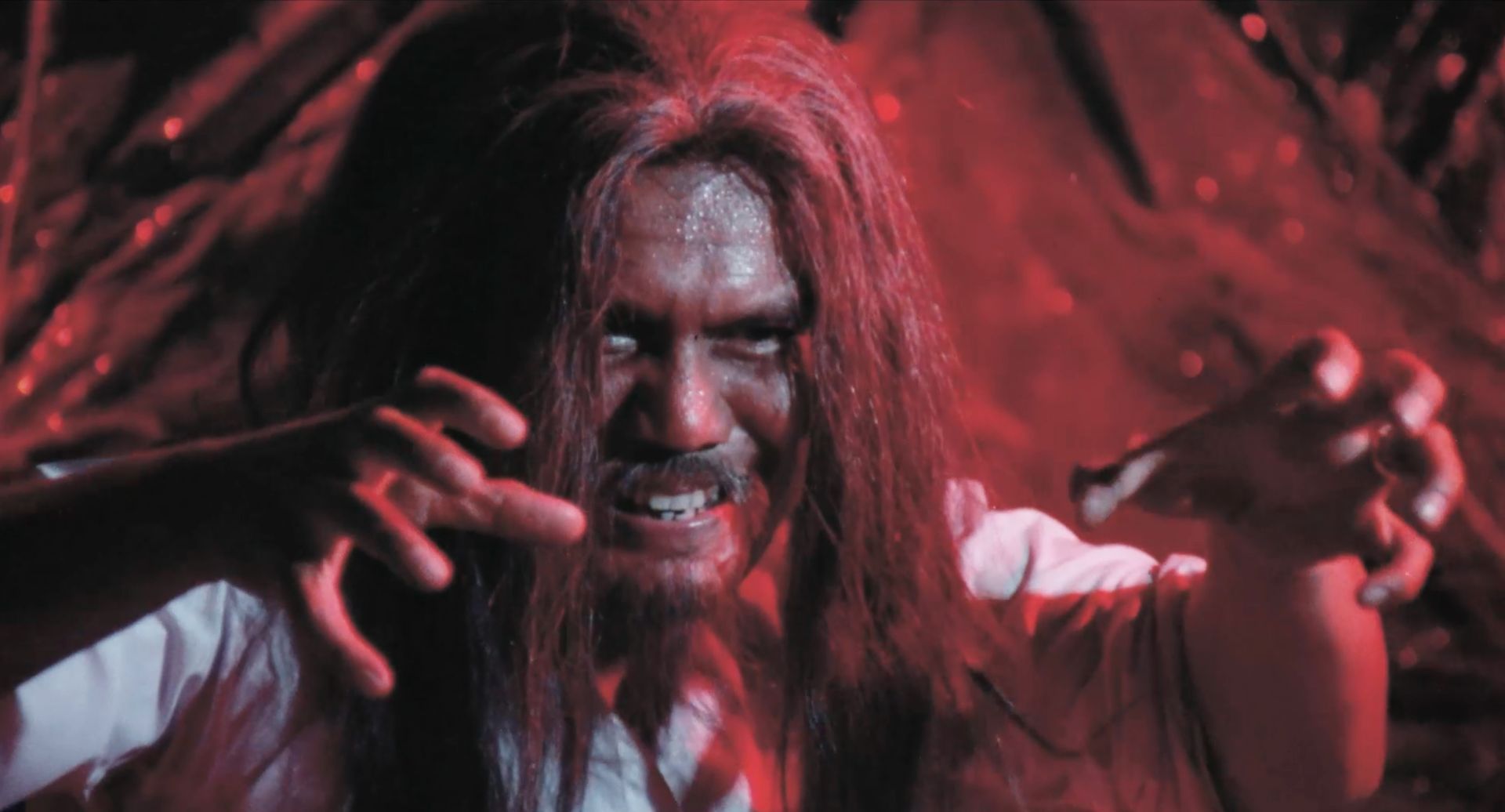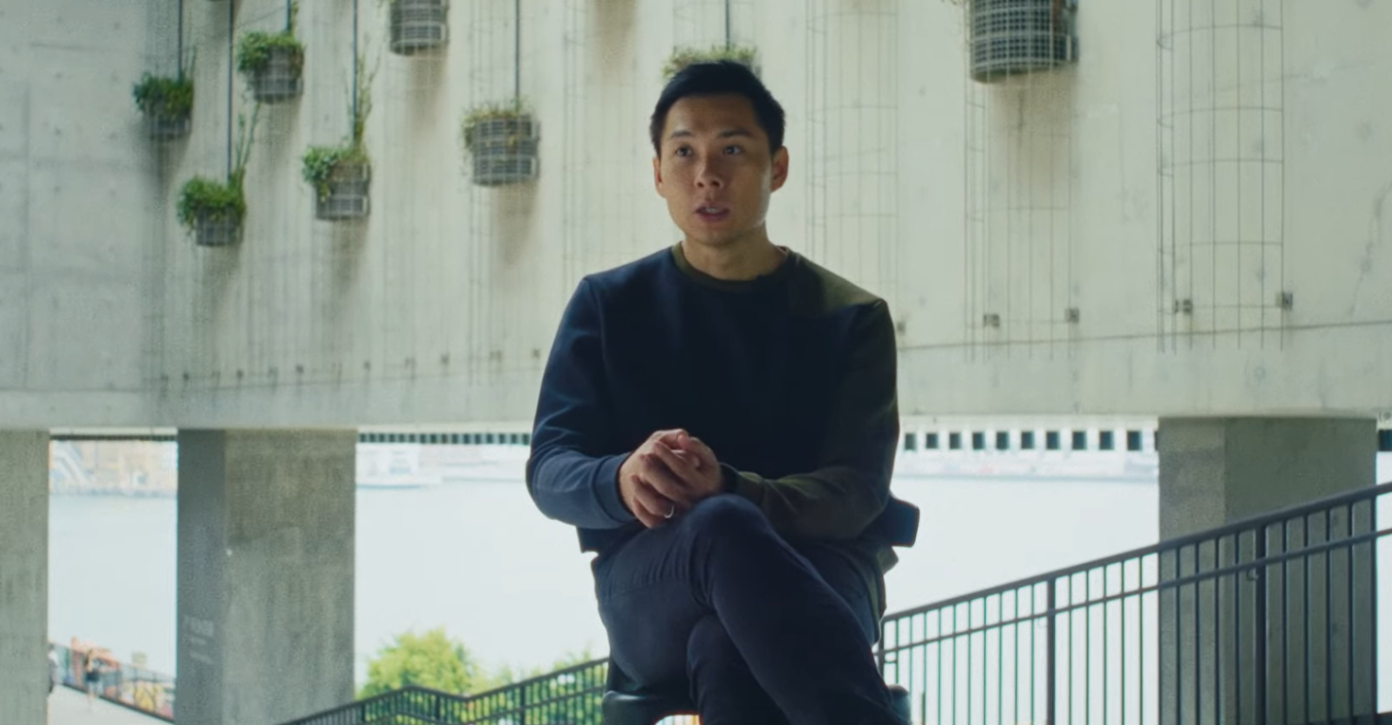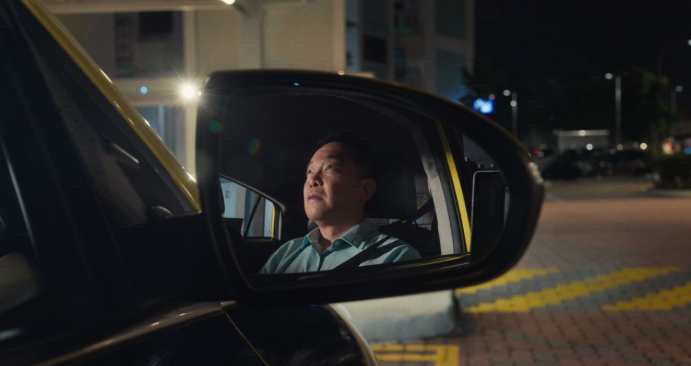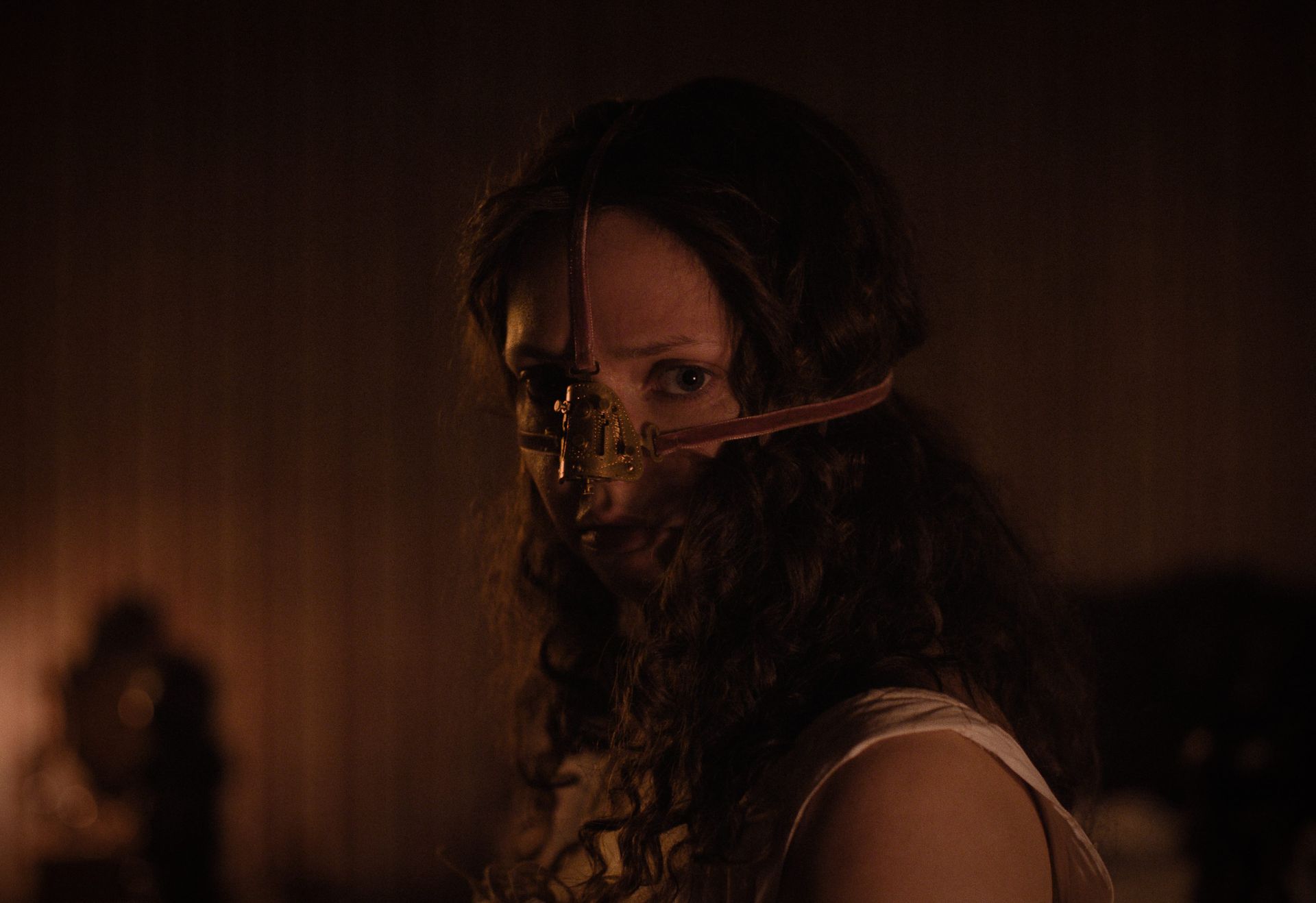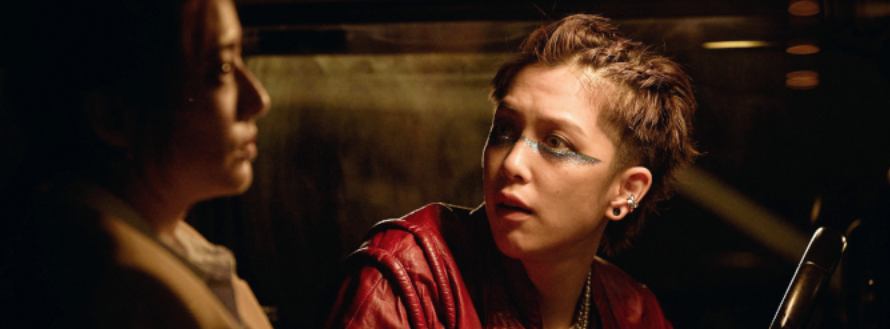Film Review #8: THIS MUCH I KNOW TO BE TRUE
Film Review #8: THIS MUCH I KNOW TO BE TRUE
*This film review may contain plot spoilers, reader discretion is advised.*
*本篇影评含雷,请斟酌阅读。
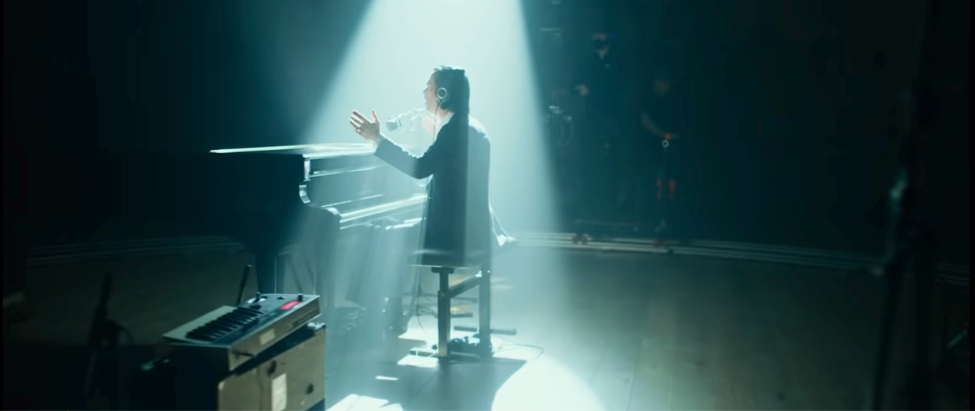
Film still from This Much I Know To Be True
You probably would have heard his music during the opening title sequence of Peaky Blinders with “Red Right Hand” or in the club scene from Wings of Desire with “From Her to Eternity”. Nick Cave’s music has been known for its intimidating lyrics and style, allowing it to be featured in a myriad of films and television series of similar tone. However, this documentary encompasses his risky turn into a more gospel-like style backed with electrical synths instead of his usual rock band arrangement. It primarily focuses on the creative collaboration between Nick Cave and Warren Ellis, not long after the death of Cave’s 15-year-old son.
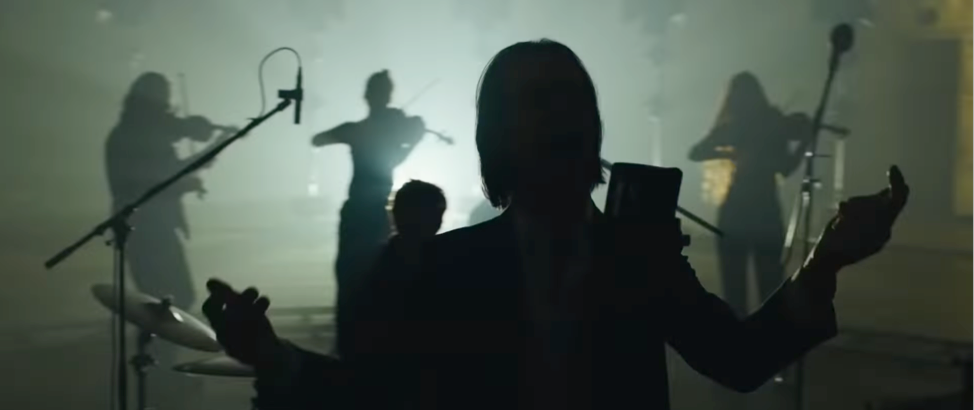
Film still from
This Much I Know To Be True
The healing quality of music has been a recurring theme throughout the documentary. During the interview segments, Cave shares about the humourous yet frustrating studio jamming sessions with Ellis. During their recording session, there is always an overwhelming amount of creative output, and Cave is there to restrain Ellis to capture something they can actually use. As Cave puts it, from the “...snippets in an ocean of bull***...”, do they actually strike gold and work outward from there. There is beauty within the chaos, much like the aftermath of the tragedy that Cave and his family went through. We see Cave being more accepting of the life he chose as a music artist, rather than the tortured one that he has been in before.
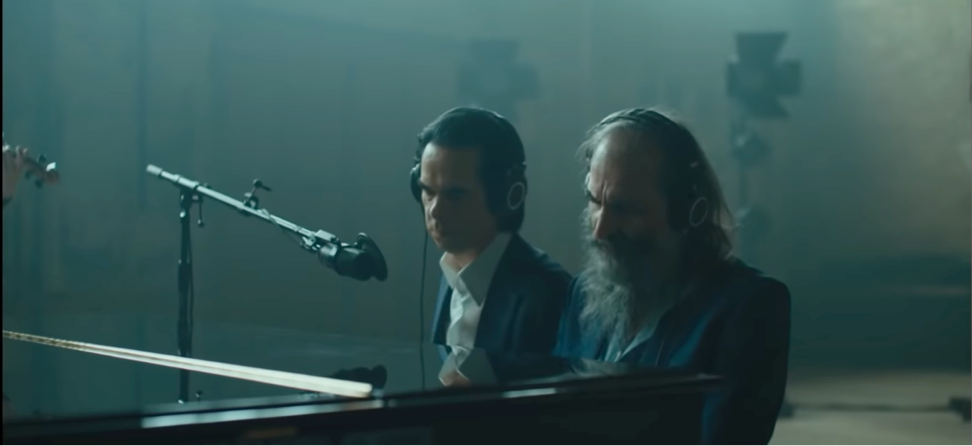
Film still from This Much I Know To Be True
The performance pieces between the interviews are a sight to behold, with well-choreographed light and camera movements that are worthy to be standalone music videos. Both Cave’s and Ellis’ on-stage presence differs greatly from their usual self, with expressive body movements as if conducting an orchestra. Ellis proves to be a talented musician, from playing the violin to the electronic synths that are a large part of Cave’s new album. Cave himself is a talented piano player, and it is a joy watching them move from instrument to instrument during a single piece of music. Also, Cave’s usual fierce vocals are now nuanced and wavering, allowing the emotions to spill through. Almost as if uttering a prayer, repeating the same words over and over where the sounds reveal the emotion instead of the lyrics themselves. This visceral soundscape differs greatly from the studio album releases and should be seen on the big screen with Cave and Ellis commanding the stage.
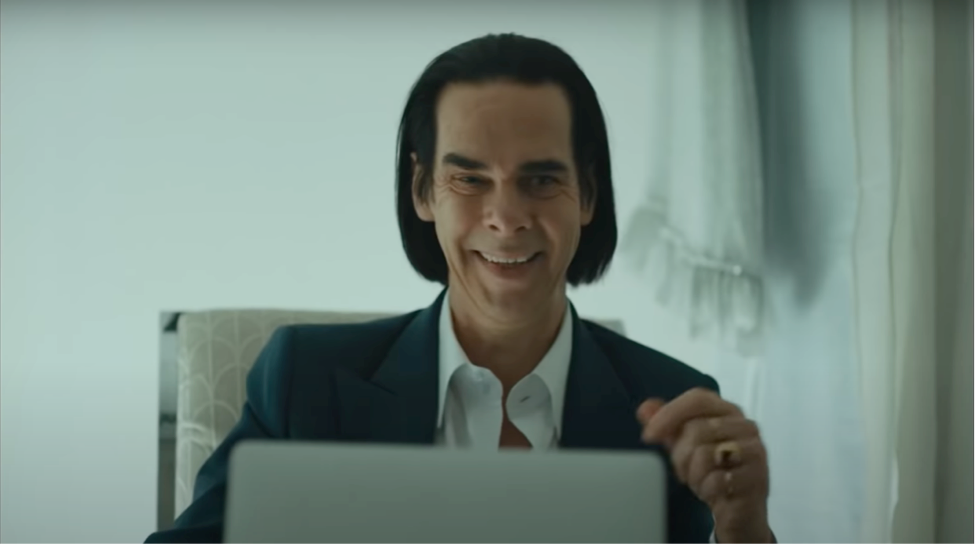
Film still from This Much I Know To Be True
There is an interesting tangent where the documentary’s theme broadens when Cave goes through his fans' emails. One email expresses their thanks for how Cave’s music has healed them too, helping them through difficult times in their lives. The lengthy email ends with the question, “Who are you?” - a question that makes Cave rather emotional as we see the wetness in his eyes, yet he answers it in a way that seems like he has put thought into it before. Comparing with how he would have done it differently years ago, he suggests that he would try not to depend on these definitions to make sense of his identity. But instead, he embraces it by saying he identifies himself as a “husband, father, and friend, and citizen that makes music and writes stuff.” For a music artist who writes about mortality and existentialism, his outlook on life seems to have changed where he once again finds meaning in his own life. After a long journey of writing music, Cave finally reaches a point of self-reflection where it resonates with him.
For any artist out there who enjoys watching how a fellow artist goes about his or her creative processes, this film invites you to embrace the storm, and let it hold and consume you. It peeks behind the curtain, watching these seasoned musicians create wonders and make sense of the external world through their craft. Perhaps, one will go back thinking if they could have done the same.
——————————————————————————-
This review is published as part of *SCAPE’s Film Critics Lab: A Writing Mentorship Programme, organized by The Filmic Eye with support from Singapore Film Society and Sinema.
About the Author: Donovan Wan studied Film at the School of Art, Design and Media. He spends his free time freelancing on shoots and doing voice overs for commercials. He is an aspiring cinematographer and hopes to continue making short films or perhaps a feature someday.
About the Movie:
Directed by: Andrew Dominik
Country: United Kingdom
Year: 2022
Duration: 105min
Language: English


